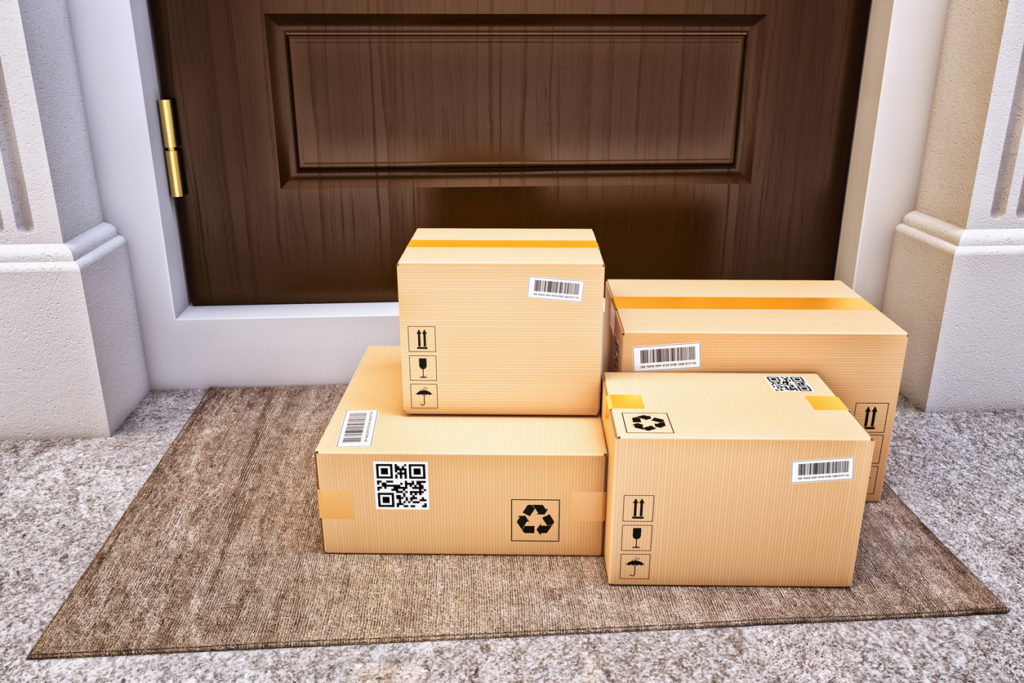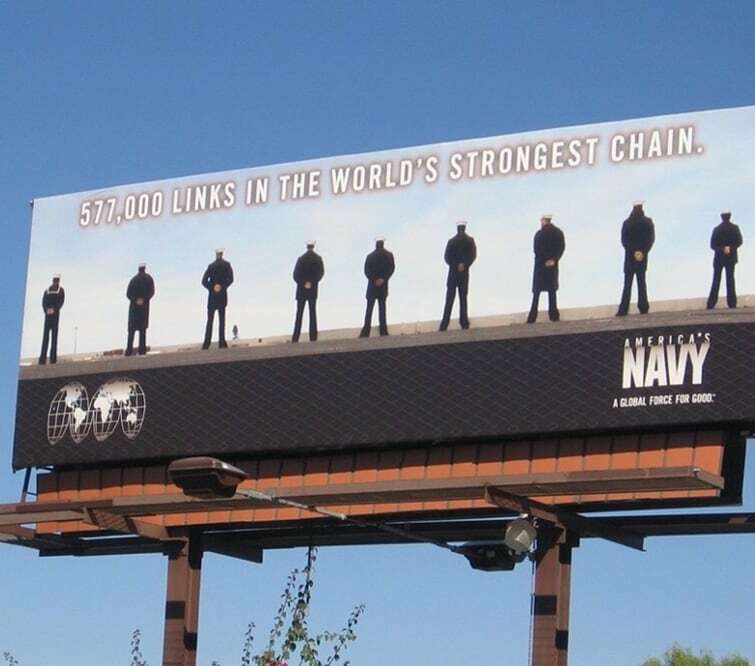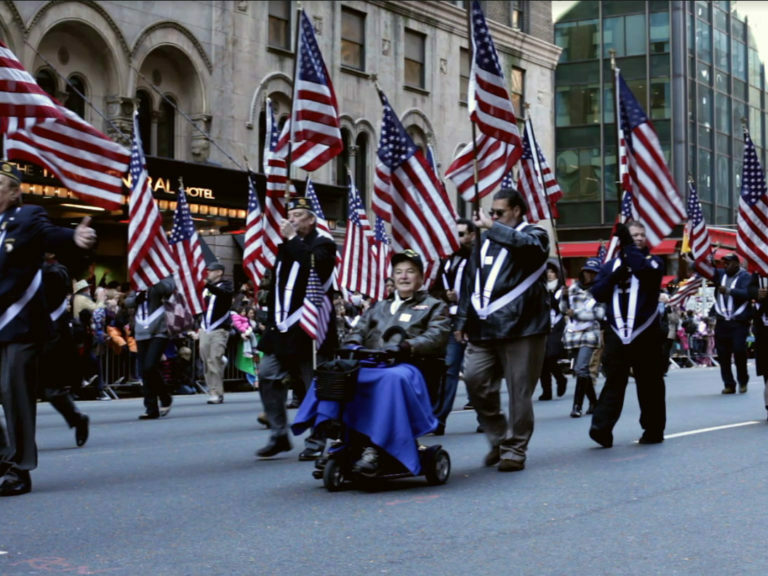There’s nothing like a global pandemic to shake up our routines, and Black Friday is certainly looking different this year. Early-morning lines have been replaced with an online shopping frenzy — and it’s all starting right now. But with Black Friday shopping all happening online this year, how can your brand or agency cut through the digital noise and make an impact with your target audiences?

What did Black Friday look like in 2019?
According to Criteo, Black Friday in 2019 saw a 334% spike in online sales compared to the first four weeks in October, and Cyber Monday saw a 330% increase in sales. Additionally, conversion rates were at 54% on Black Friday — indicating that consumers are completely prepared to make purchases on a day known for its deals.
Black Friday 2020: Get ready, because it’s already here
Amazon has set the trend for extending Black Friday shopping from a day to an entire season by moving Amazon Prime Day up to October 13th. Other retailers will likely follow suit to benefit from the halo effect. Halloween may as well be forgotten — now, October is all about holiday shopping. This could have a lasting impact on the season in general, if shoppers are able to get what they need earlier in the season this year.
Sales are made via online shopping…
Major retailers like WalMart, Best Buy, and Target have broken tradition and closed their doors this Black Friday to avoid putting shoppers at risk. This will be the year that lines out the door come to an end, and will be replaced with online discounts that start earlier and last a little longer.
And while online shopping has been on an upward trajectory, naturally, this year, online shopping is everything. An eMarketer survey found that 71% of US adults said they planned to do more than half of their holiday shopping online this year, and MarTech revealed that 60% of consumers plan to shop less in-store this season due to COVID-19 exposure.
… but out-of-home media and print advertising provide crucial pre-sale touchpoints

Just because Black Friday shopping is all happening online this year doesn’t mean that all your Black Friday advertising has to be. In fact, traditional advertising channels like out-of-home and print advertising can offer you a leg up on your competition by cutting through the digital noise of the season.
Out-of-home and print advertising are also extremely effective strategies to reach specific, targeted consumers — like military personnel and multicultural audiences. According to Refuel’s Military Explorer Series™, 63% of active duty military, 59% of spouses, and 53% of reserve/guard expressed that they have a deeper connection with a brand when they see ads on-base versus off-base, and military personnel engage with military print ads. And data from Refuel’s Hispanic Explorer Series™ shows that Hispanic consumers trust Hispanic print media — and 55% of Hispanic consumers are paying attention to print advertisements.
Black Friday has gone digital this year, so reaching your target audience early and often is key.
Read next: How to Create Veterans Day Ads That Stand Out
Trends to watch for Black Friday 2020:
1. It’s happening now — shoppers are starting up to 6 weeks ahead of time
Amazon Prime Day kicked off on October 13th — so if your 2020 Black Friday ads haven’t launched, it’s time.
A massive shift to online shopping means it’s crucial to understand the online customer journey – which is much different than it would be during an in-person shopping experience. The comparison phase is especially important, as buyers have the opportunity to compare their purchasing choices in real time while they’re shopping online.
Data from Criteo indicates that the average online shopper visits your store 41 days prior to purchasing — that’s nearly six weeks ahead of time. That means creating touch points through out-of-home, print advertising, email advertising, and other marketing tactics early in the season is critical.
Read next: The Ultimate Guide to Marketing to Gen Z
2. “New normal” products are still at the top of the list
Shoppers are living in a shifted reality where the home environment defines nearly everything about their purchasing decisions. During the pandemic, consumers’ homes are truly a home base for work, school, and relaxation, so homes have many more purposes than they once did. This has resulted in increased spending in tech categories to keep kids entertained and adults connected.
Many services, like salons and gyms, have been closed or limited for many months, leading people to take on solutions themselves. We see increased spending on hair dye (L’Oreal reported a 30% spike in sales) and home workout equipment that suggests people are creating solutions for the services they miss.
And of course, people are concerned about their health more than ever. From cleaning supplies (Aerosol disinfectant sales are up 100%) to vitamins to meal subscription services, shoppers are equipping themselves with products to keep them healthy.
Read next: 5 Things Marketers Should Know About Teen Cause Marketing Campaigns
3. Shoppers are using multiple devices

Data shows that consumers are bouncing across devices during their shopping. In fact, 40% of buyers last year made their eventual purchase on a different device than the device they originally viewed a site on. Additionally, mobile shopping is up — eMarketer reported that 37% of US adults said they were more interested in mobile app shopping than they were last year.
A non-linear path to purchase has become increasingly normal, but the reality of people’s home environment has only expedited this trend. Now, it’s crucial to have cross-device tracking implemented for successful Black Friday marketing campaigns.
Black Friday is an opportunity to connect with your target consumers for longer — especially during a time when consumers are looking to create a meaningful holiday experience when it matters most.
Ready to reach your target audience with data-driven hyper-targeting? Contact us today — before Black Friday season is over!



